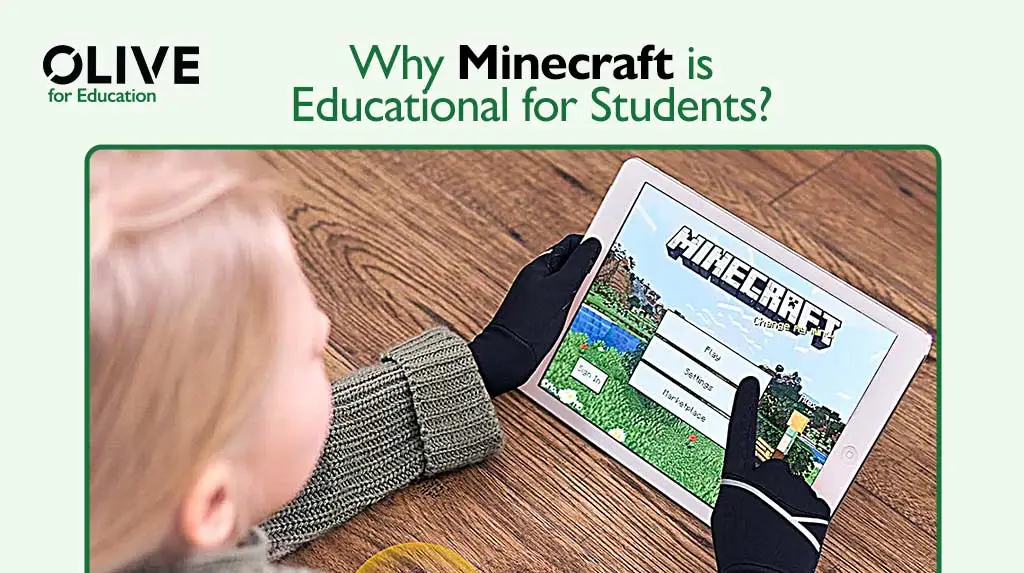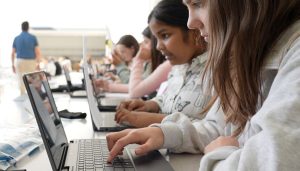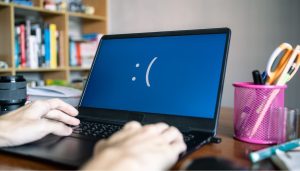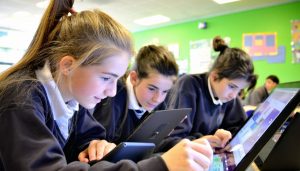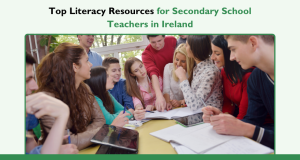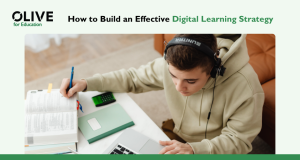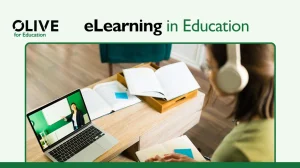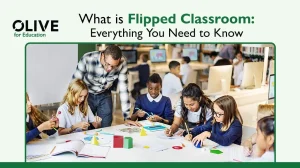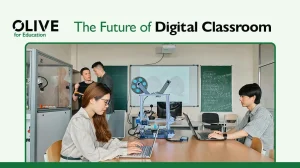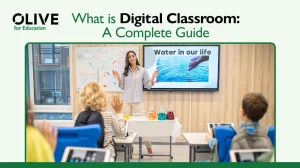Minecraft is a globally celebrated video game that has taken the world by storm since its release in 2011. Often described as a digital sandbox, it provides players with a boundless world to explore, build, and create.
It sparks creativity, collaboration, critical thinking, and problem-solving making it an asset in both regular and non-traditional classrooms.
This blog will explain why Minecraft is educational for children since it promotes cognitive, social, and creative skills, as well as how Minecraft is changing the way students learn and grow!
Is Minecraft educational?
Yes, Minecraft is very educational. At its core, this is an exploration, creation, and problem-solving puzzle, which by nature fits well into life skills and school skills.
For example:
- Mathematics: They use geometry and measurement concepts to build or design a layout.
- Science: The ecosystem of the game introduces phenomena like renewable resources and environment conservation for players.
- History and Culture: We do custom-built maps of ancient civilisations that allow the students to explore these historical landmarks interactively.
- Coding: Coding in Minecraft Education Edition is available; this teaches you programming basics through block coding and JavaScript.
13 Reasons why Minecraft is educational for students?
More than just a game, Minecraft is an adaptable teaching tool that fosters critical thinking, creativity, and problem-solving skills. It gives children an enjoyable, captivating platform to explore endless possibilities and acquire necessary skills.
According to Queensland University research, 86% of students showed greater engagement and collaboration when Minecraft Education Edition was used in the classroom, and 98% of teachers saw improvements in students’ critical thinking and problem-solving abilities.
Some of the skills that Minecraft help students are as follows:
1. Unleashes your child’s creativity
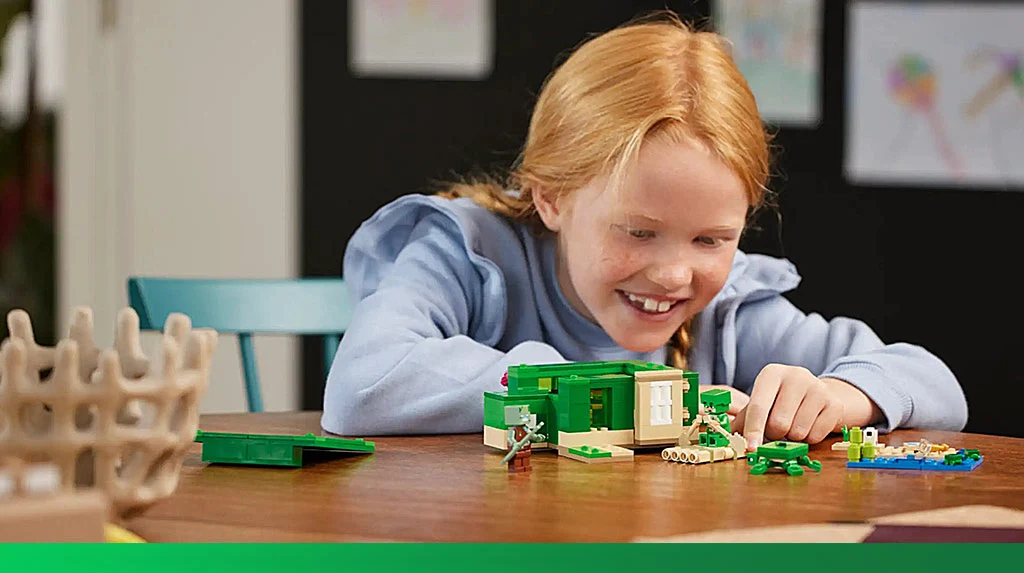
Minecraft is a sandbox concept that encourages children to think outside the box. From pixel art to houses to roller coasters, players can create anything to make their own basic app game or even their basic city. It supports artistic expression and innovation as an open-ended design. Minecraft is an online digital canvas in which learners experiment with various building materials, patterns and designs.
This promotes creative thinking which helps in boosting their ideas. This process enhances students’ self-confidence in their ability to turn intangible concepts into real life into concrete results in the game.
2. Boosts problem-solving skills
There are challenges in the game to aid survival: finding resources to craft tools, and surviving hostile in-game threats. These tasks require critical thinking and fast decision-making. For example, players need to work out how to collect raw materials to build a shelter before nightfall, showing them how to deconstruct problems and find workable solutions.
Children learn how to keep risks and benefits balanced in their heads while they’re taught how to think critically and make decisions. This cyclical learning process is a source of resilience for growing minds because they begin to understand that perseverance brings achievement, and failure is intrinsic to improvement.
3. Improves spatial awareness
Minecraft building involves understanding space and dimensions. By visualising blocks placed on one another, players are allowed to develop spatial reasoning. These skills are invaluable in real-world applications, such as architecture, engineering, and interior design.
Minecraft is a real-world application in domains such as architecture and engineering that allows pupils to play with constructing structures and designing layouts. It helps them better understand spatial ideas, like proportion and symmetry, and prepares them for continued STEM schooling.
4. Supports in reading and writing skills
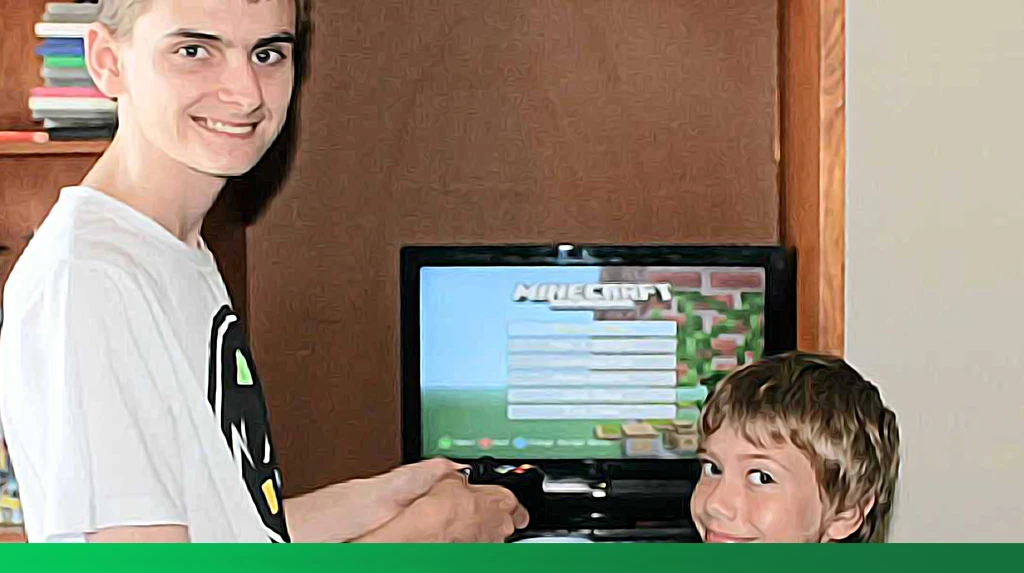
Minecraft has several in-game texts, such as item descriptions, crafting guides, plus story elements as well as custom maps. So, players have to read instructions to understand the tasks or to talk to other people in multiplayer mode. At the same time, writing skills can be developed by creating in-game signs and working on text-based projects together.
Minecraft’s user interface has a text-rich experience and students are always interacting with text, which strengthens pupil literacy skills as they play. This improvement in communication skills also helps writing and self-expression.
5. Teaches resource management
Resource scarcity is a repeated theme in Minecraft. Players explore making better use of materials when gathering, allocating, and utilising them to meet their objectives. For instance, they decide to use wood for tools or another material to create something better – teaching important lessons about planning and stretching budgets.
This encourages planning, setting priorities, and good decision-making. These abilities, including waste minimisation and conservation, are useful in the game as well as in real life.
6. Encourages strategic thinking
Survival mode in Minecraft is driven by strategic thought. The task of securing food, building shelter and crafting weapons must be done first. Real-life problem-solving and decision-making require this ability to plan and execute strategies.
As a result, students learn how to predict difficulties and make well-thought-out, informed decisions. By teaching learners to consider the advantages and disadvantages of various options it helps develop their problem-solving ability.
7. Introduces coding and programming
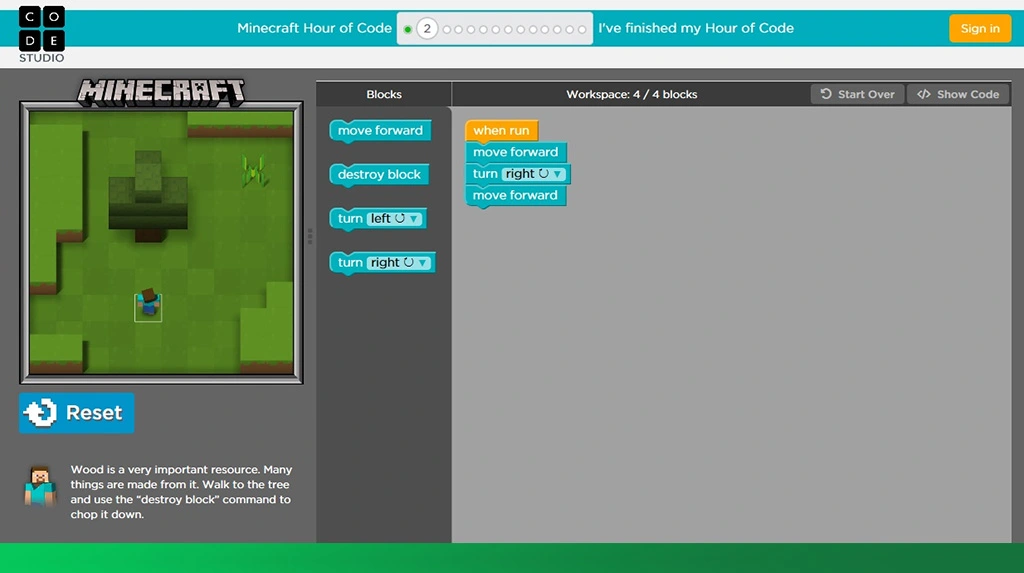
Players can play with the first principles of coding through tools such as Redstone and Minecraft Education Edition. With Redstone circuits, pupils create automated systems such as doors, traps or even calculators with simulation of electrical wiring. The Education Edition goes further by teaching coding in Python, JavaScript and block-based code.
This gives students some experience in coding and teaches them how to reason and solve problems. These ideas are played in a fun, low-risk environment by youngsters. These lessons help children understand the basics of coding and how to use it in the real world.
8. Builds confidence
Goals that youngsters complete in Minecraft, like beating a difficult enemy, or finishing a complex structure, increase confidence. There is trial and error, you learn from mistakes and enjoy your success.
It inspires children to constantly take on new challenges and see error as part of learning. Of course, it is a game, but it also allows students to be self-assured enough to tackle real-world challenges.
9. Teaches environmental science
In Minecraft, there are real-world ecosystems, biomes, animal behaviour and natural resources. Biodiversity, sustainability, sustainable farming, and environmental conservation are all learnt throughout the game. So planting crops requires some knowledge of soil, water & light conditions, and ecological awareness.
It helps students to investigate ecological concepts by planting crops, recycling waste and studying animal behaviour. This also encourages learners to adopt more sustainable practices in their daily lives and to think about their impact on the environment.
10. Improves memory and focus
Minecraft requires players to track resources, remember crafting recipes, and navigate large worlds, all of which enhance memory and focus. Users learn to stay organised and retain important details, which helps improve cognitive skills both in and out of the game.
The game also helps students improve concentration by encouraging multitasking. Managing several tasks simultaneously, such as gathering materials, building, and defending, teaches learners to prioritise and focus on what’s most important. Minecraft strengthens memory and concentration through engaging, interactive gameplay.
11. Fosters teamwork
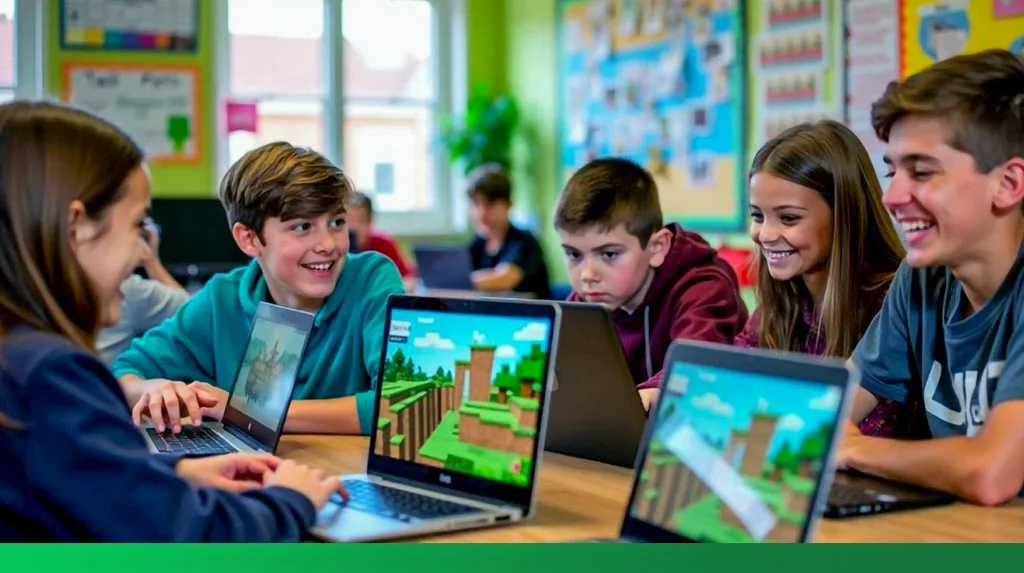
Cooperation is encouraged with multiplayer modes. They have to build their structures and explore and solve challenges together. For example, students could be tasked with one splitting up and one beginning to create the base instructing players about the value of teamwork and speaking up.
It promotes dialogue and teaches pupils the importance of trust and cooperation. Leadership and social skills are also improved in this process. These experiences will help students learn how working as a team leads to greater accomplishments than working alone, preparing them for real-world teamwork.
12. Builds digital literacy
Minecraft helps students develop digital literacy by introducing them to basic technology concepts. Managing files, hosting servers, and modifying the game all provide hands-on experience with digital tools. These skills help learners become more comfortable with technology, preparing them for future tech education.
By using these abilities, pupils get ready for future digital education easily without any restrictions. These lessons also prepare them to use the internet responsibly and lead to safe digital citizenship.
13. Encourages emotional expression
Minecraft provides a safe space for students to express their emotions and creativity. Through the environments they build, young people can reflect on their current feelings, personal interests, or experiences. Whether creating a peaceful garden, a dramatic fortress, or an intricate city, their projects become outlets for self-expression.
Minecraft creates a therapeutic space for youngsters to play and express their emotions imaginatively by strengthening emotional fortitude and inventiveness. Their ability to be creative allows individuals to explore emotions, overcome obstacles, and preserve their mental health.
Wrapping Up!
Minecraft is a game-changer for young people, blending fun with valuable lessons in creativity, problem-solving, resource management, and digital literacy—skills essential for life and school success. For parents and educators, tools like Minecraft bridge traditional education with immersive, engaging learning experiences.
Olive for Education takes this further by crafting secure and personalised digital learning strategy environments where platforms like Minecraft can thrive as educational tools
Ready to see how Minecraft and Olive for Education can transform learning for your child? Let’s embrace the future of education through play, together, starting today!
FAQs
How does Minecraft help students learn?
Minecraft teaches young people through hands-on experiences, offering lessons in math, science, creativity, and teamwork. By solving in-game challenges, they develop critical thinking and problem-solving skills.
Is Minecraft good for students?
Yes, Minecraft is good for students as it fosters creativity, problem-solving, collaboration, and critical thinking through its immersive and educational gameplay.
Why is Minecraft Education educational?
Minecraft Education is educational as its Edition includes features tailored for learning, such as coding lessons, interactive history maps, and collaborative projects, making it a versatile educational tool.
Is Minecraft good for child development?
Yes, Minecraft is good for child development as it supports cognitive, social, and emotional development. It enhances creativity, improves focus, and fosters teamwork, all essential for holistic growth.
How can Minecraft be used as an educational tool?
Teachers can use Minecraft for interactive lessons, such as recreating historical landmarks, teaching coding, or simulating scientific experiments, making learning engaging and practical.
Can Minecraft teach my child about math?
Absolutely! Minecraft introduces geometry, measurement, and resource management, helping students understand mathematical concepts through practical application.
Can Minecraft be used in the classroom?
Yes, Minecraft can be used in the classroom as many schools use Minecraft Education Edition to teach subjects like coding, history, and environmental science, promoting collaboration and creativity among students.

